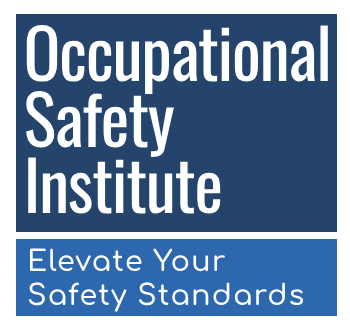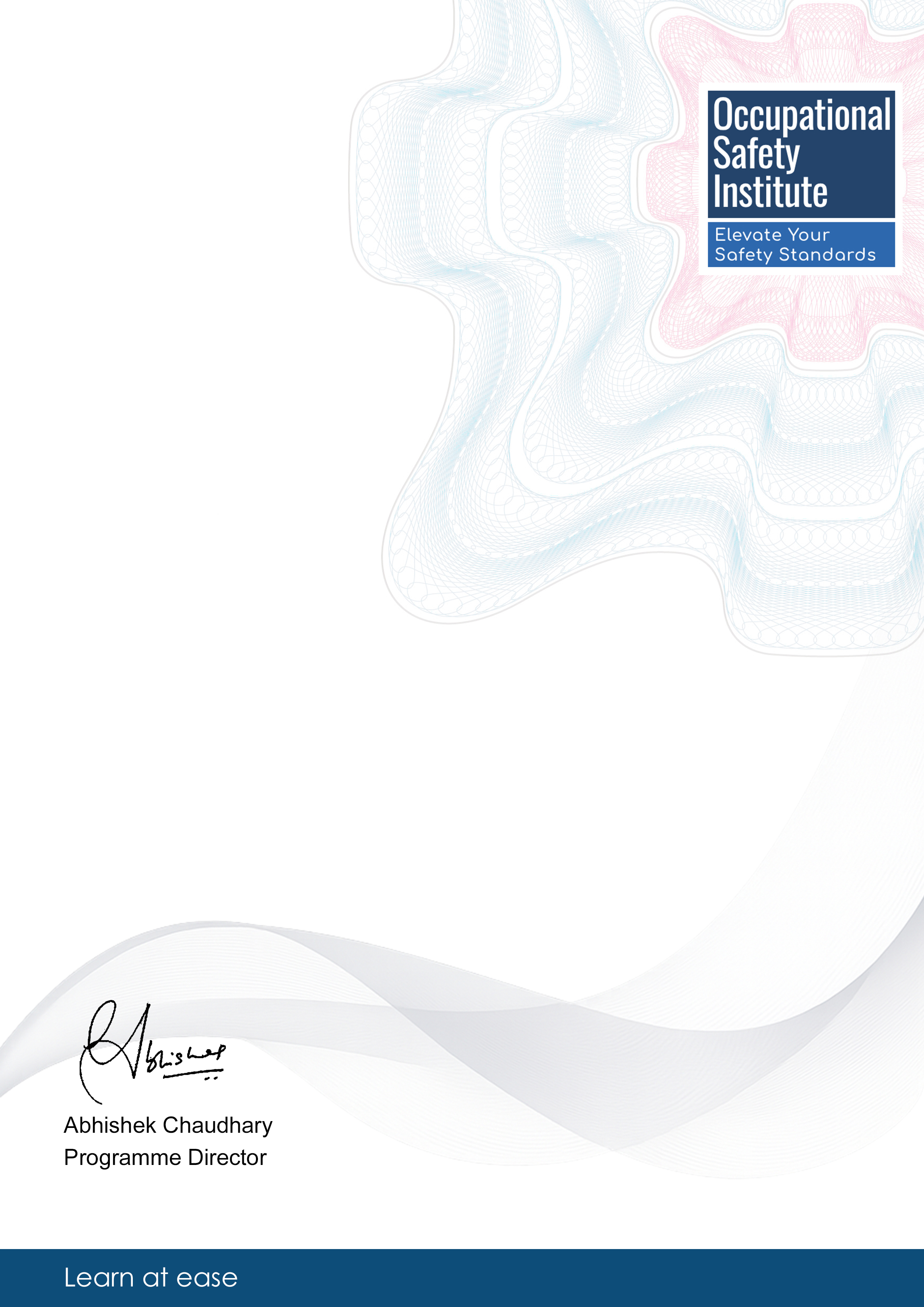Module 1: Introduction to Manual Handling Safety
This module provides an overview of manual handling safety principles and the importance of proper techniques. Participants will learn to identify common risks and hazards associated with manual handling tasks.

